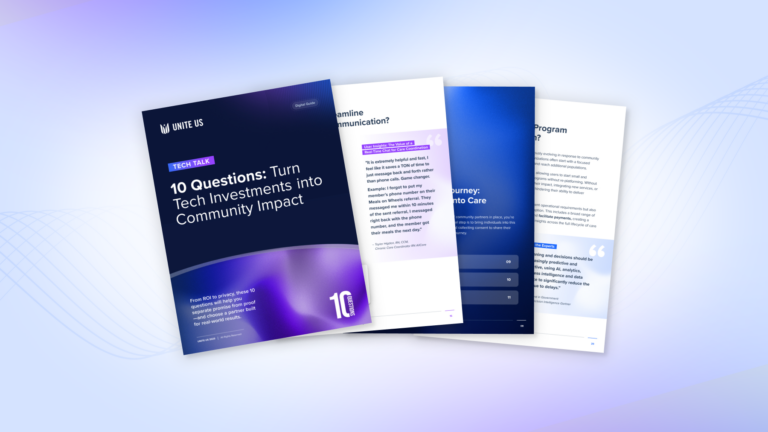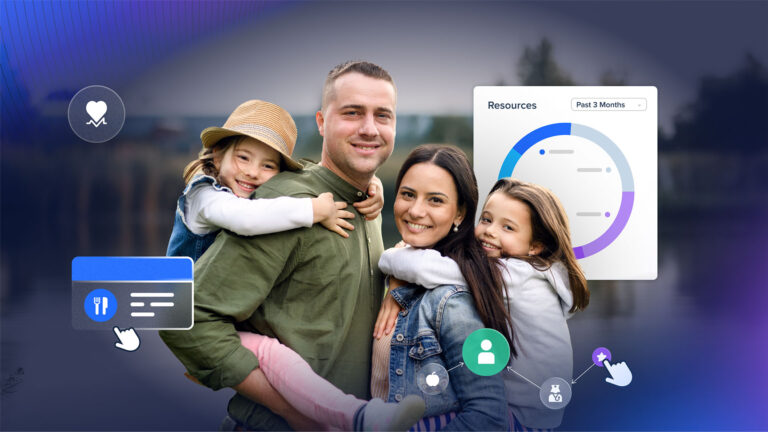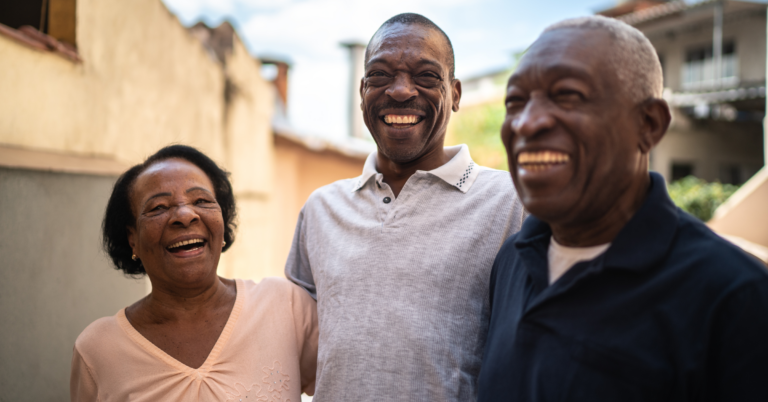
In Disaster Relief, People Are More Than Just Data Points
By: Esther Farkas, COOLast week, Hurricane Helene made landfall across the Southeastern United States, where it caused catastrophic damage that left countless individuals in urgent need of assistance. In the face of such a large-scale disaster, it became clear that no single organization or group could handle the response alone.
In situations like this, recovery is driven by the collective effort of people and organizations working together. First responders provided essential supplies, while local volunteers helped clear debris. Alongside these physical resources—food, water, and fuel—technology played a key role in coordinating the response and delivering aid efficiently.
The response to Helene underscored the importance of collaboration supported by technology. It wasn’t just about delivering supplies; it was about knowing where the greatest needs were, how to respond quickly, and making sure no one was left out.
Numbers define our work: how many individuals we’ve reached, how many needs we’ve identified, and how quickly we’ve connected those individuals with resources. But it’s critical to recognize what those numbers really represent: the lives of people grappling with unimaginable loss and uncertainty.
Behind the data also lies a monumental human effort. When Helene made landfall, our team and other disaster relief teams from across the public and private sectors mobilized immediately. Teams across impacted areas worked tirelessly, recruiting volunteers, processing incoming requests, and establishing training protocols to prepare more hands for the overwhelming demand.
Many individuals lost everything overnight, left desperate for basic necessities like food and shelter. In many places, local emergency response face delays due to challenging on-the-ground conditions. Assisting in these situations is grueling, around-the-clock work. It is impossible not to absorb the devastation, stress, trauma, and isolation of the individuals we all serve in the process.
What do we have to demonstrate the impact of this tremendous effort?
Data: the number of calls answered, the needs identified, and the resources allocated. According to FEMA, to date more than 15.6 million meals, more than 13.9 million liters of water, 157 generators and more than 505,000 tarps have been distributed in the region. As we continue to reflect on our increasingly data-driven society, we must confront reality: the data-driven worldview often obscures the human lives and immense human effort required to generate it.
We may now have the technology to process and analyze data at scale, but it will never be able to translate the human effort required to help in a difficult and constrained situation, nor does it tell the story of the lives that were forever changed in the process.
Humanity, above all else, must remain at the forefront of our work, especially in disaster relief, in this data-driven age.
The next time you encounter a number that represents a tragedy, remember the countless individuals behind it—their stories, their struggles, and their resilience. We are grateful for the thousands of first responders on the ground right now and the thousands of team members from dozens of organizations pitching in to help.
And now we continue. We prepare for Milton, where first responders, community organizations and volunteers will take action once again to help those in need.



